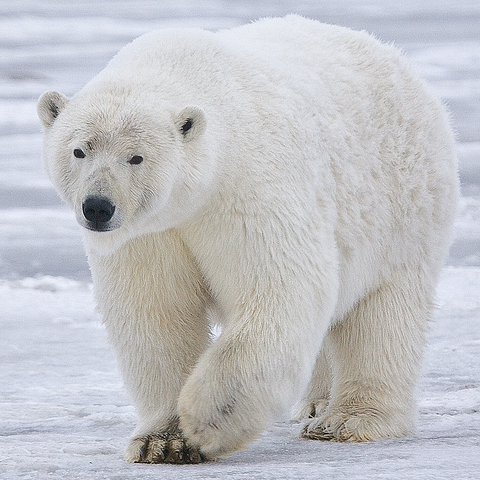Abstract
Transcriptome analysis of polar bears (Ursus maritimus) yielded sequences with highest similarity to the human endogenous retrovirus group HERV-K(HML-2). Further analysis of the polar bear draft genome identified an endogenous betaretrovirus group comprising 26 proviral copies and 231 solo LTRs. Molecular dating indicates the group originated before the divergence of bears from a common ancestor but is not present in all carnivores. Closely related sequences were identified in the giant panda (Ailuropoda melanoleuca) and characterized from its genome. We have designated the polar bear and giant panda sequences U. maritimus endogenous retrovirus (UmaERV) and A. melanoleuca endogenous retrovirus (AmeERV), respectively. Phylogenetic analysis demonstrated that the bear virus group is nested within the HERV-K supergroup among bovine and bat endogenous retroviruses suggesting a complex evolutionary history within the HERV-K group. All individual remnants of proviral sequences contain numerous frameshifts and stop codons and thus, the virus is likely non-infectious.
